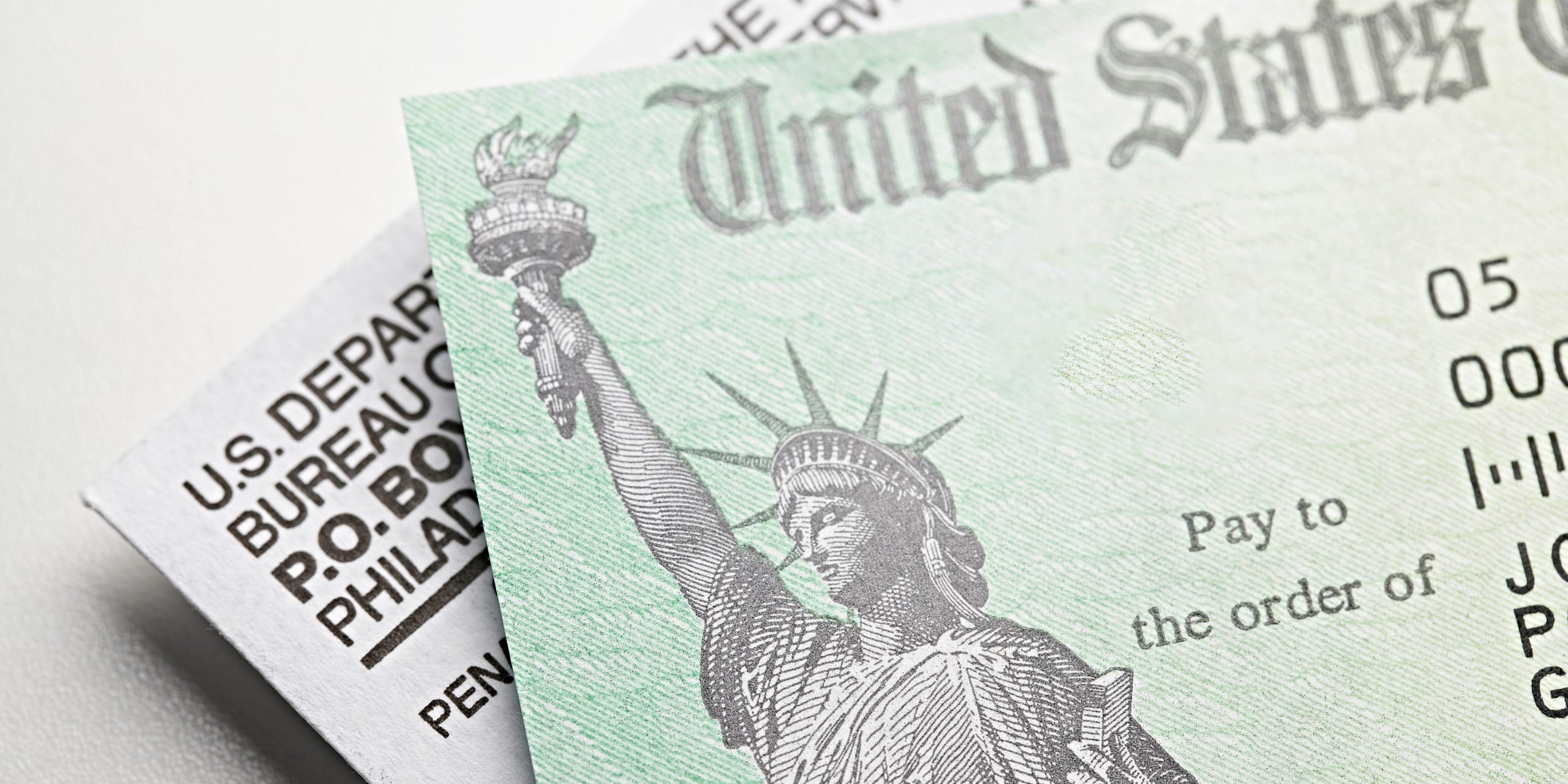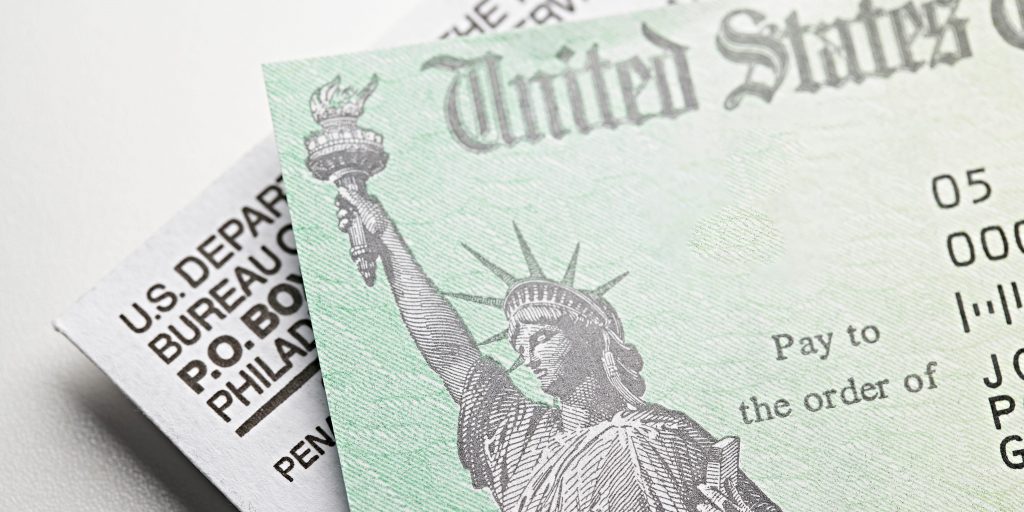
- Data show that unemployment and stimulus checks weren't actively keeping people from wanting work.
- But that's not to say the money didn't have a significant and ongoing influence on the labor market.
- For many Americans, government checks represented the first time they've had a real choice about their jobs.
The past two months have seen the end of expanded unemployment benefits, many employers raising wages 20% or more, 8 million jobless people actively looking for work, and another 6 million people sidelined from the labor force.
Although some employers and politicians blamed federal stimulus and relief money for keeping workers off the job, the end of those programs as early as June in some states has not brought about a noticeable bump in hiring, according to the latest Beige Book from the Federal Reserve.
Employers are legitimately struggling to get people to show up to a job. Workers are sending dozens and hundreds of applications with no response. Inflation is ticking up, wait times for products and services are lengthening, and customer satisfaction is shrinking.
And while it may be comforting to assign blame for problems on one villainous party – lazy workers, greedy business owners, overspending government – the real story is far more complex and interesting than any one of those reductive explanations.
Given the precariousness of so many Americans' financial situation in 2019, the effect of relief and stimulus money was more subtle and important than many observers fully appreciated while these programs were underway.
It's not that working American's were suddenly willing to quit a job they loved over a $1,200 check (or three). It's that for the first time in a generation, they finally felt like they had a choice to quit a job they hated.
"It gave me the power to walk away from what was a toxic work environment at the time," said Joey Holz, who was working for a charter boat company in Florida when the pandemic hit. "Then I was able to start pursuing interests that were better suited to my future."
Holz told Insider his initial stimulus check lasted about a month, allowing him to pay rent and groceries while he sought out a new opportunity.
"Most people don't even have a day to figure that out, so that little tiny bit of breathing room was all it took," he said.
He now works as an office manager for a local small business and had has side hustles in event entertainment, web design, and other freelance gigs - a far cry from 2019 when he says he was working up to 70 hours a week doing manual labor for $12 an hour.
Less than 20% of households received jobless benefits in 2020, even though roughly half lost income that year, the Census Bureau found. And prior research on stimulus shows that emergency checks are mostly used up within a few months, according to economist Claudia Sahm.
In other words, most of the money has been spent.
Most is not all, however, as a recent estimate from JPMorgan found that roughly a third of jobless Americans currently have enough financial flexibility to delay returning to work for a while longer still. Reading that number the other way suggests the majority of jobless Americans do not have any more flexibility.
And contrary to claims that "nobody one wants to work," millions of people launched business ventures last year, with 4.3 million new business applications filed in 2020 and 3.8 million so far this year.
It's hard to overstate how radical a shift this is from where the world was just two years ago when, for many Americans, saying no to a toxic boss or demeaning customer meant risking your ability to access to food, shelter, and health care. Emergency economic aid turned that situation on its head.
New rules and norms for the labor market are being written in realtime as everyone processes the lessons from the last 18 months. What that will ultimately look like remains to be seen, but America's workers have shown they aren't going back to the old ways without a fight.

